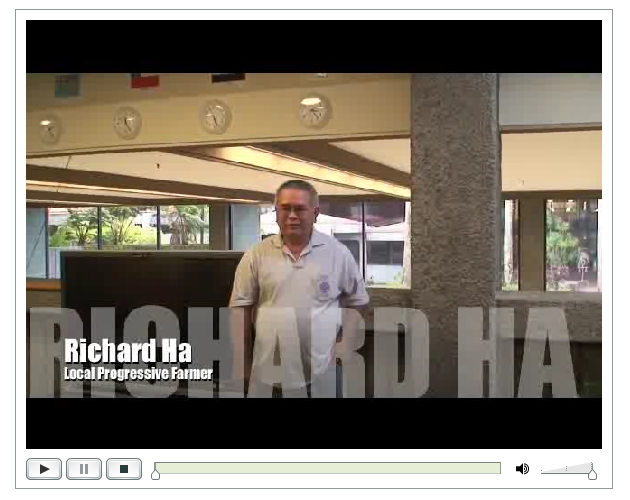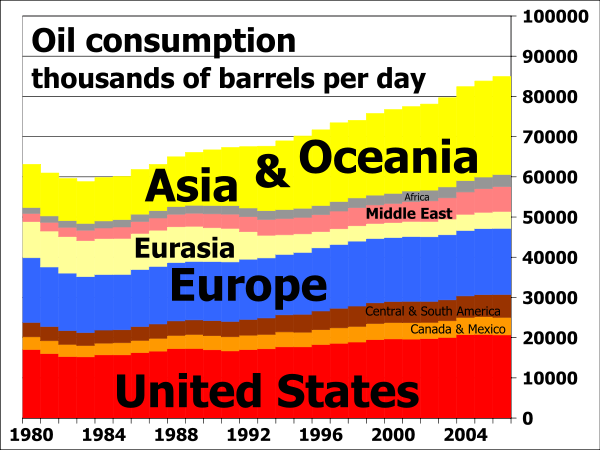I stayed at the Ala Moana Hotel last week while attending the Asia Pacific Clean Energy Summit, which had 1400 participants and was huge and exciting.
One evening, as I sat on the lanai of my hotel room looking toward Waikiki and all the lit-up hotel rooms and bright lights and the headlights and tail lights of cars, it came to me: Everything visible was dependent on oil.
The only thing I could see that was good was that the Macy’s sign is cheaper to power than the Liberty House sign it replaced. Shorter sign.
Sitting out there on the lanai, it became clear to me that if we follow HECO’s plan for using biofuels to generate electricity for the Big Island, we will soon have limited food resources and will be making plans to send people out to discover new lands.
Back in 2007, I spoke at the Hawaii Island Food Summit:
I told them I had a nightmare that there would be a big meeting down by the pier one day, where they announce that food supplies were short because the oil supply was short and so we
would have to send thousands of people out to discover new land.I was afraid that they would send all the people with white hair out on the boats to find new land—all the Grandmas and Grandpas and me, though maybe not June.
Grandmas and Grandpas hobbled onto the boats with their canes and their wheelchairs, clutching all their medicines, and everybody gave all of us flower leis, and everyone was saying,
“Aloha, Aloha, call us when you find land! Aloha!”
If, instead, we on the Big Island follow our own plan of maximizing
our geothermal resource, and start to add others such as wind, solar and ocean resources as they scale up; and if we emphasize lots of small- to medium-sized diversified farms, we will not need to send out the canoes to look for new land.
The Big Island could help solve O‘ahu’s food and fuel issues, too, so it wouldn’t be necessary for them to send their white-haired folks off, either.
The Asia Pacific Clean Energy Summit was exciting and I’ve spent all week trying to put all the goings-on into perspective. O‘ahu has a real serious electricity problem. It has no proven-technology base power alternative to fossil fuels. And it has limited opportunity to integrate solar and wind.
I can absolutely see why HECO was anxious to institute Smart Grid. It was an attempt to wring every bit of efficiency out of intermittent sources of power.
I can also see why HECO made the decision that biofuels would have to be a solution for O‘ahu. The biorefinery is located on O‘ahu. I can even understand why they changed their minds and decided to bring on more PV solar. THEY do need everything!
What I just cannot understand is why HECO tried to force the Big Island to go that route.
We on the Big Island need a different strategy – one that focuses on the Big Island’s resources and environment.


